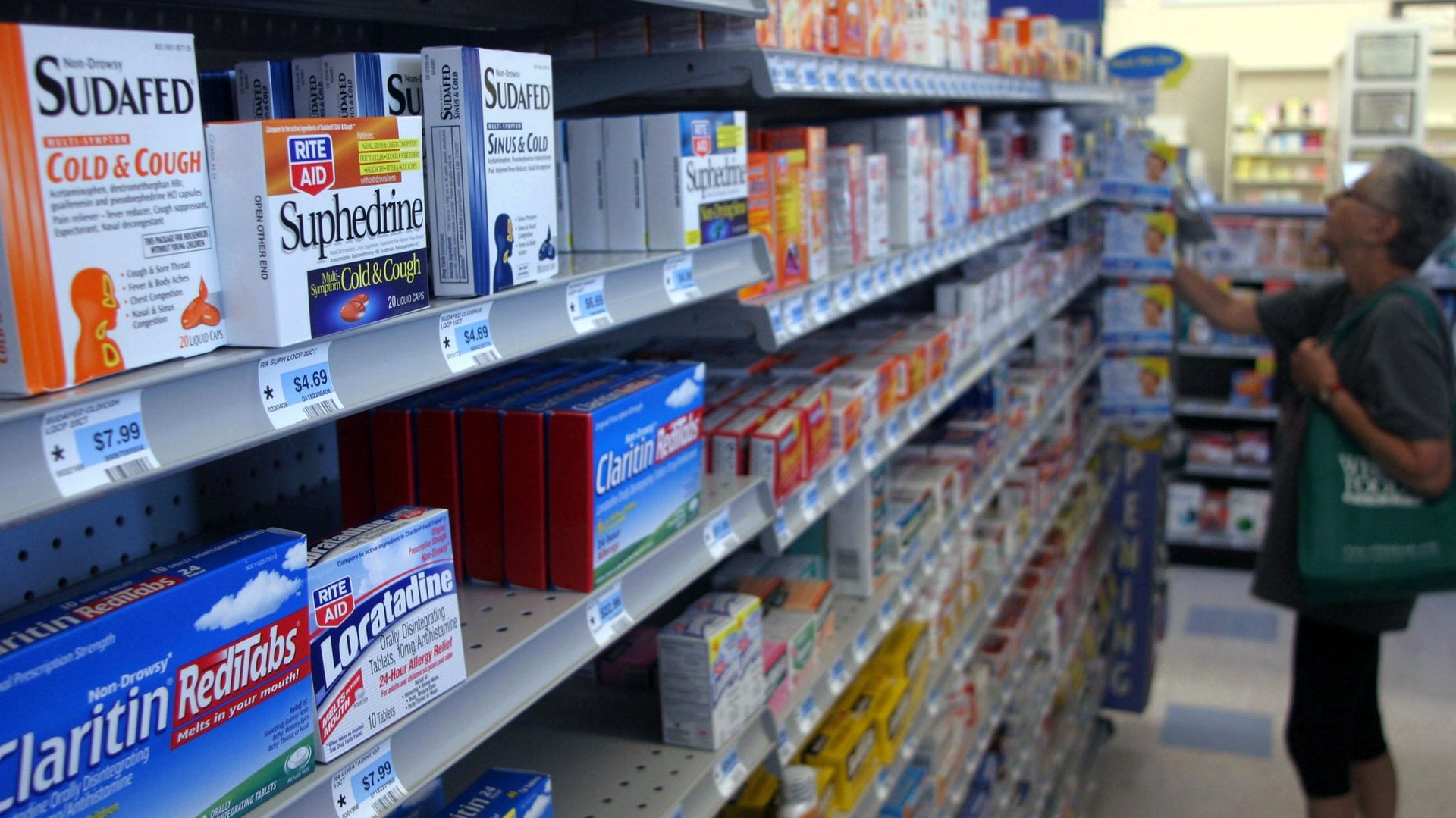Most Americans can’t tell whether they are being prescribed opioids
Between April 2020 and April 2021, more than 100,000 Americans lost their lives to drug overdoses—the highest number ever recorded in a year. While overdoses are caused by various drugs, including psychostimulants and cocaine, the main culprits for this epidemic are opioids, and particularly synthetic ones such as fentanyl.


Between April 2020 and April 2021, more than 100,000 Americans lost their lives to drug overdoses—the highest number ever recorded in a year. While overdoses are caused by various drugs, including psychostimulants and cocaine, the main culprits for this epidemic are opioids, and particularly synthetic ones such as fentanyl.
Although the drugs responsible for overdoses are often buy through illegal channels, many of the people with drug addiction have developed it through legal prescriptions for opioid medications such as hydrocodone and oxycodone. The Centers for Disease Control and Prevention estimate that as many as 25% of patients who are prescribed opioids develop an addiction to them.
The rate of opioid prescriptions is decreasing. In 2020, 43.3 opioid prescriptions were filled per 100 people—down from 46.7 in 2019 and from the 2011 peak of 80.9 per 100 people.
However, while a large number of Americans are prescribed opioid painkillers, most are unable to correctly identify them. Tolerance to opioids increases with use and so does the risk of addiction, and patients who don’t know that they have been prescribed opioids might fail to correctly inform their healthcare providers about their medical history.
Most Americans think they can identify prescription opioids, but they do not
A national survey conducted in July 2020 by market research company Propeller Insights found that about a quarter of Americans were prescribed opioid medications in the year prior. Yet although a vast majority of them (76%) said they knew how to identify an opioid drug, only 22% were able to correctly identify seven common prescription opioids, such as tramadol, or hydromorphone. Many also misidentified non-opioids such as oxytocin or trazodone as containing opioids, though they do not.
Nearly half the people interviewed didn’t recognize tramadol as an opioid, but even more common opioids such as morphine or methadone were misidentified by at least a quarter of responders. Oxycodone was the opioid that was most correctly identified (85% of responders were correct), followed by fentanyl (78% responders).
Several non-opioid drugs were confused with opioids, too. A third of responders thought omeprazole (an antacid) contained opioids, and a quarter thought hyaluronic acid (a skin medication) did.